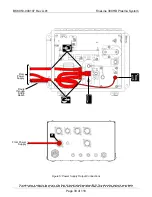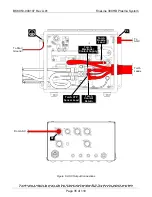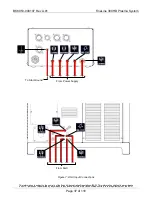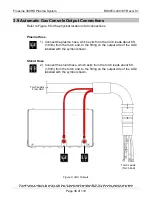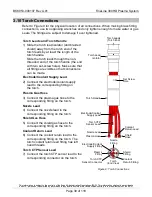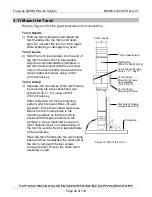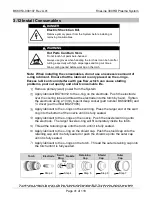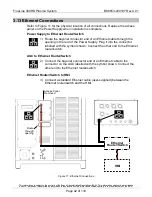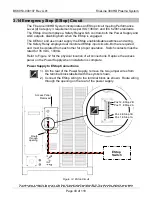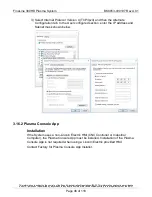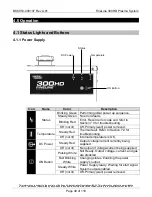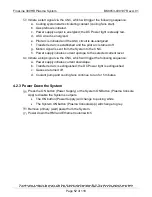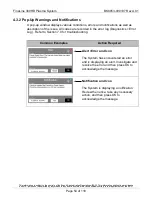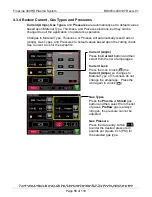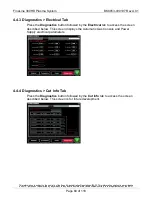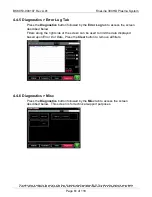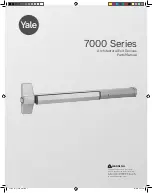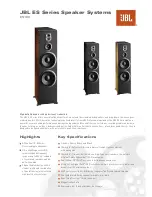
BK8053-000107 Rev A.01
FineLine 300HD Plasma System
This information is subject to the controls of the Export Administration Regulations [EAR]. This information shall not be provided to
non-U.S. persons or transferred by any means to any location outside the United States contrary to the requirements of the EAR.
Page 47 of 118
3.17 Fill the Cooling System
To avoid freeze damage and coolant leakage during shipment, the System is
delivered with very little coolant.
DO NOT OPERATE the System until it has been
filled with coolant.
Important: Never turn on the System when the coolant reservoir is empty or if
the reservoir cap is not installed.
Important: When handling coolant, wear nitrile gloves and safety glasses.
Important: Only use approved coolant. Commercially available antifreeze
contains corrosion inhibitors that will damage the cooling system.
Remove primary (wall) power from the System.
Ensure all System components are installed and
that all System hose and cable connections
have been made.
Unscrew the coolant reservoir cap from
the top of the Power Supply.
Pour 4-5 gallons (15-18 liters) of approved
torch coolant through a funnel and into the
coolant reservoir. The full level is the
bottom of the reservoir neck. Wipe up any
spilled coolant.
Replace the reservoir cap.
Ensure the torch and consumables are
properly installed.
Apply primary (wall) power and then start the
HMI and Plasma Console App.
Clear the EStop, if installed.
Press the Fill/Flush button on the Plasma Console App > Diagnostics > Coolant
tab. Coolant will begin circulating through the system to fill hoses and torch
leads.
Check for leaks in hoses and fittings on the Power Supply, Torch, and ASC.
Allow the coolant to circulate until the flow value stabilizes between 1.2 and
1.5 GPM as displayed on the Diagnostics > Coolant tab. If the System
displays a low coolant error, return to step 1 to add enough coolant so that it
is level with the bottom of the reservoir neck.
Press the Fill/Flush button to stop coolant flow.
Remove the reservoir cap. Add coolant until the level is at the bottom of the
reservoir neck. The amount necessary is dependent upon the length of the
coolant hoses and torch leads. Longer runs require more coolant, shorter
runs require less coolant. Wipe up any spilled coolant.
Coolant
Reservoir
Cap

